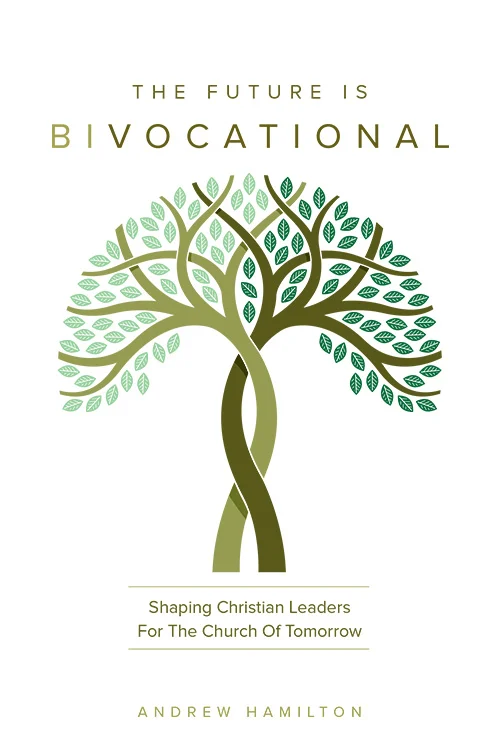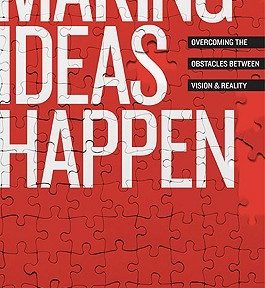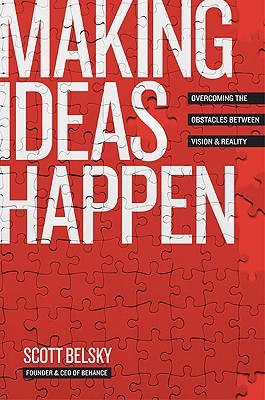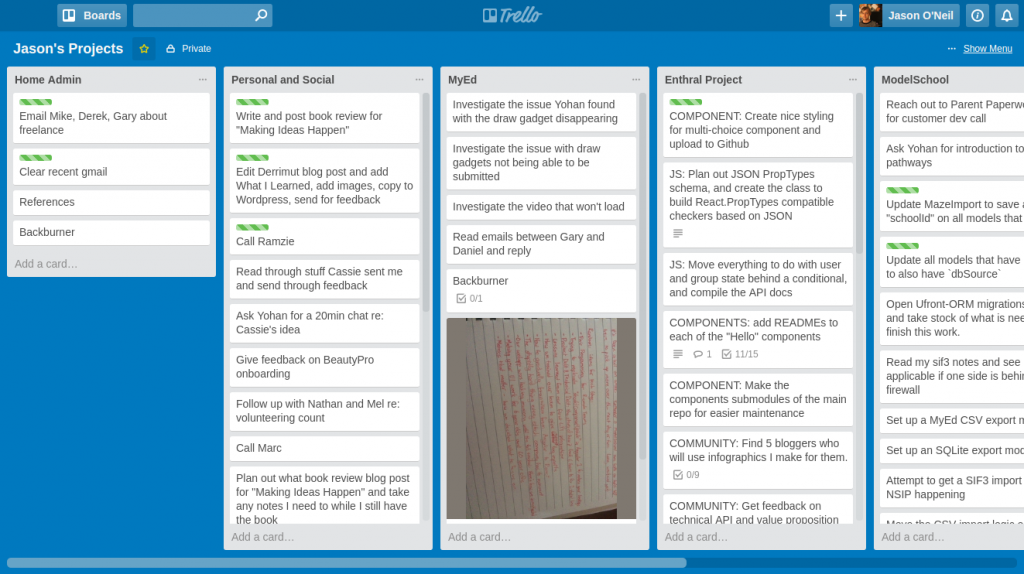(Still some TODOs in here, but I’m posting anyway and hope to get back to them)
I first came across Diana Butler Bass on her Twitter account. I can’t remember how I came across her, but I’ve appreciated her voice, her tweet-thread-sermons, her perspective on current affairs and more.
So when a family member gave me a book voucher to a local Christian bookstore that didn’t seem likely to stock much I was interested in, I was stoked to see they could order in one of her books. And that’s how I ended up reading “Christianity After Religion”. When it arrived and I read the praise on the cover from Richard Rohr and Rob Bell, I hoped I was in for something good.
The main point
Since the 1960s the USA (and other western nations) have seen a massive change in how they’d describe their religious/faith life. A common line has been “I’m spiritual, not religious” and rather than being a thoughtless throwaway line, this actually captures a big part of what this shift is about.
Rather than viewing it purely as a move toward secularism, DBB argues this is an awakening – in the spirit of America’s past great awakenings. This is faith evolving, not faith disappearing.
By changing the way kinds of questions we ask when we approach a life of faith, and by changing the order in which we ask them, we can participate in this new awakening – an exciting evolution in what it means to be Christian, or even what it means to be human – and some would argue, an exciting movement of God.
Overview
The “spiritual vs religious” dichotomy isn’t describing two opposites, rather it’s a lense to understand how our people’s experience of their faith is changing.
We can broadly break experience of religion of spiritual life into three categories:
- Belief – how we understand the world and it’s meaning
- Behaviour – how we choose to live, and the habits which make up our life
- Belonging – the sense of community and shared purpose
For each of these categories, DBB looks at how Christianity (and American Protestantism in particular) has approached this category, and the questions it has deemed most important to ask. These are the “religious” questions. She then offers alternative “spiritual” questions: ways of revisiting the same category with a different approach, focused on lived experience.
Belief
Often when we think of “belief” in the context of religion we think of doctrine. Belief in a god. Belief in the Christian bible as an authoritative text about God. Belief in the resurrection, or the virgin birth, or the 7-day creation. Some things are easy to believe in – we’re pretty sure a person called Jesus of Nazareth existed – but many are increasingly hard to take literally.
TODO: copy the questions asked
This chapter concluded with some amazing examples of Christian communities writing their own creeds. Creeds were written by communities at points in time – a point DBB made in this twitter thread that I found memorable. After reading this section of the book, I journal led and wrote out, for the first time in a long time, not a description of what I no longer believed, but a description of what I still believe.
Behaviour
When we think of “behaviour” in the context of religion, we often think of moral guidelines. Don’t murder, don’t steal, don’t drink, don’t look at porn, don’t charge interest on loans… Do look after the needy, do love your neighbour, do attend a religious service etc.
Beyond this though, a lively faith usually consists of habits, or spiritual practices, that make up the day-to-day of our life. When the purpose of such habits isn’t understood, they lose meaning, they become meaningless rituals. But when learned carefully, many habits and practices have a transformative impact on your life.
DBB uses floristry as an analogy. Her family were florists for generations, and she learned the craft by sitting in the workshop with her dad, gradually gaining the skills herself. This kind of gradual exposure, where an experienced practitioner shows you, guides you, and gives you increasingly challenging work until you are fully competent – is similar to many spiritual practices.
Another thing we can learn from this analogy, is that people are less like to simply do what their parents did. Where successive generations in her family had all been florists, she has chosen a different career, because these days, you have options. When it comes to our spiritual habits and practices and rituals… this is even more true.
TODO: copy the questions asked
Belonging
For a long time, belonging meant having an identity tightly linked to the religious community you are part of (and probably grew up in). “I am baptist” or “I am catholic” or “I’m part of Riverview Church”. There was an assumed stasis in this model: you’ve always been one of us, you are one of us, you will always be one of us. You’ve always been here, you are here, you will always be here.
But most stories of faith are journey stories: Abraham leaving the land he grew up in, Moses leaving Egypt, the fishermen leaving their nets to follow Jesus.
We need to craft a different identity that respects this journeying nature of faith. And a way of belonging that allows growth, change, pilgrimage and exile, and still offers community, acceptance and love.
A traditional approach to identity asks “who am I?”, and Christianity has encourage you to ask “who am I in God?” One of my favourite moments in this section was reframing the question: “who is God in me?” Where and how does God act in the world through my life? How can people I interact with experience God through my actions?
TODO: copy the questions asked
Reversal
After examining these three categories and asking how we can revisit them through a “spiritual” lense, DBB did my favourite thing in the book: she suggested we reverse the order we tackle these questions in the faith journey.
Rather than beginning with “belief” (you must believe in the trinity, and creation, and the resurrection, and the virgin birth, and whatever other doctrine is hard to literally believe), then progressing to behaviour (follow these moral guidelines and adopt these habits) and then being able to experience belonging, DBB suggests we approach it the other way.
Begin with belonging: unconditional acceptance, loving community. From there learn the way of life: the habits and the choices that shape your faith (behaviour). And from here, you will begin to find your beliefs changing. You might find you believe in the resurrection after all: but it is coming from having experienced yourself countless ways where life overturns death.
By reversing the order we no longer have as our starting point adherence to a religious doctrine. Rather, we have as our starting point an experience of love and community, and the entire faith journey now takes that approach.
And when people say “I’m spiritual, not religious” – this is part of the distinction. The starting place is experience, and the whole journey is lived experience.
Awakening
The book ended on a real message of hope.
DBB looks back at the three great awakenings of the past, and in the debate about if there was/is a fourth great awakening, she joins the group who sees the social and religious change beginning in the 1960s constitutes a new great awakening. People began exploring new ways of experiencing faith, experiencing God, and this came out of, and fed back into, massive cultural changes.
She describes her college campus in the late 1970s having multiple thriving communities and chapters of people taking their faith and discipleship seriously, resulting in a bold vision for what could be in the world. It certainly felt like a religious awakening. Something new and bold and exciting was happening, and it felt like God was very active in it.
But then she returned to the campus in the 1980s, this time as faculty, and the life was gone, the diversity was gone, the experimentation and bold visions for change were gone. Replacing it where some standard Christian groups pushing a standard political/conservative agenda.
DBB paints the growing political power of the “religious right”, the “moral majority”, Ronald Reagan and co, as a pushback against the awakening – and describes how similar pushbacks have happened in past awakenings. This time however, something that began in the 1960s is continuing over half a century later… the pushback was significant, and so the change is drawn out.
In describing past push-backs, she seems to describe the rise of Donald Trump. (The book was written while Obama was still president, but the rise of tea party conservatism was evident).
It’s interesting to frame the success of conservative evangelicalism – in political power, in megachurch attendance, in mindshare – not as the awakening, but as the pushback on the real awakening. Though it uses the language of revival, and the metaphors and service structures of past awakenings, this is actually by now the old thing, and the comfortable thing, and the thing some are trying to protect from change.
But as she describes this tension between the “old lights” and the “new lights”, she describes the new light in ways that I completely identify with: for all of the struggle I’ve had with the church and structure and faith I’ve grown up in, she describes exactly the bits that I’m still holding onto, the values I hold most dear, and the hope and vision I have for what a renewed world might look like.
In reading this, I suddenly felt less like I (and those like me) are stepping away from our faith, and more like the steps we’re taking are part of a journey of renewal. It does feel like upheaval and uncertainty, but it’s not an abandoning of faith, it’s faith finding a new form to match the world we now live in.
And the world we now live in is globally connected, and past modes of tribalism over religious dogma no longer make sense when we can see the other tribes, and see that they too are human, and we can see that despite our differences the fruit is good, and so we’re learning that our religion isn’t the only way to meet God, our tree isn’t the only tree that produces good fruit – we can learn from each other, and perhaps we can discover that God has been showing up to all people in all cultures and religions. And perhaps this acknowledgement that God can show up to anyone in any culture or religion should have been more obvious to us from the beginning:
“The God who made the world and everything in it is the Lord of heaven and earth and does not live in temples built by human hands. And he is not served by human hands, as if he needed anything. Rather, he himself gives everyone life and breath and everything else. From one man he made all the nations, that they should inhabit the whole earth; and he marked out their appointed times in history and the boundaries of their lands. God did this so that they would seek him and perhaps reach out for him and find him, though he is not far from any one of us. ‘For in him we live and move and have our being.’ As some of your own poets have said, ‘We are his offspring.’
Acts 17
And so every religion worldwide seems to have up-shoots of renewal at the moment. We’re seeing up close people who we’d used to consider “other”, and discovering they’re not so different. And there’s a tribalistic pushback, but in many ways, this renewal is underway and somewhat unstoppable. Any way of faith which defines at the outset that only some experiences are “valid” and “true” is brushing up against our lived reality that we’re finding God in all aspects of life, on many different and intersecting paths.
And this is where we can join in. By joining (or forming) communities. By embracing spiritual practices that lead us to experience God, to love others, and to grow in maturity, and by allowing our beliefs to be formed by the experience of God among us – we can be part of this renewal.
It won’t be the last time humanity’s relationship with the divine God needs to adapt and evolve. It’s not the last awakening. It’s not necessarily the greatest awakening. But it’s our generation’s awakening, and our chance to be part of it.





